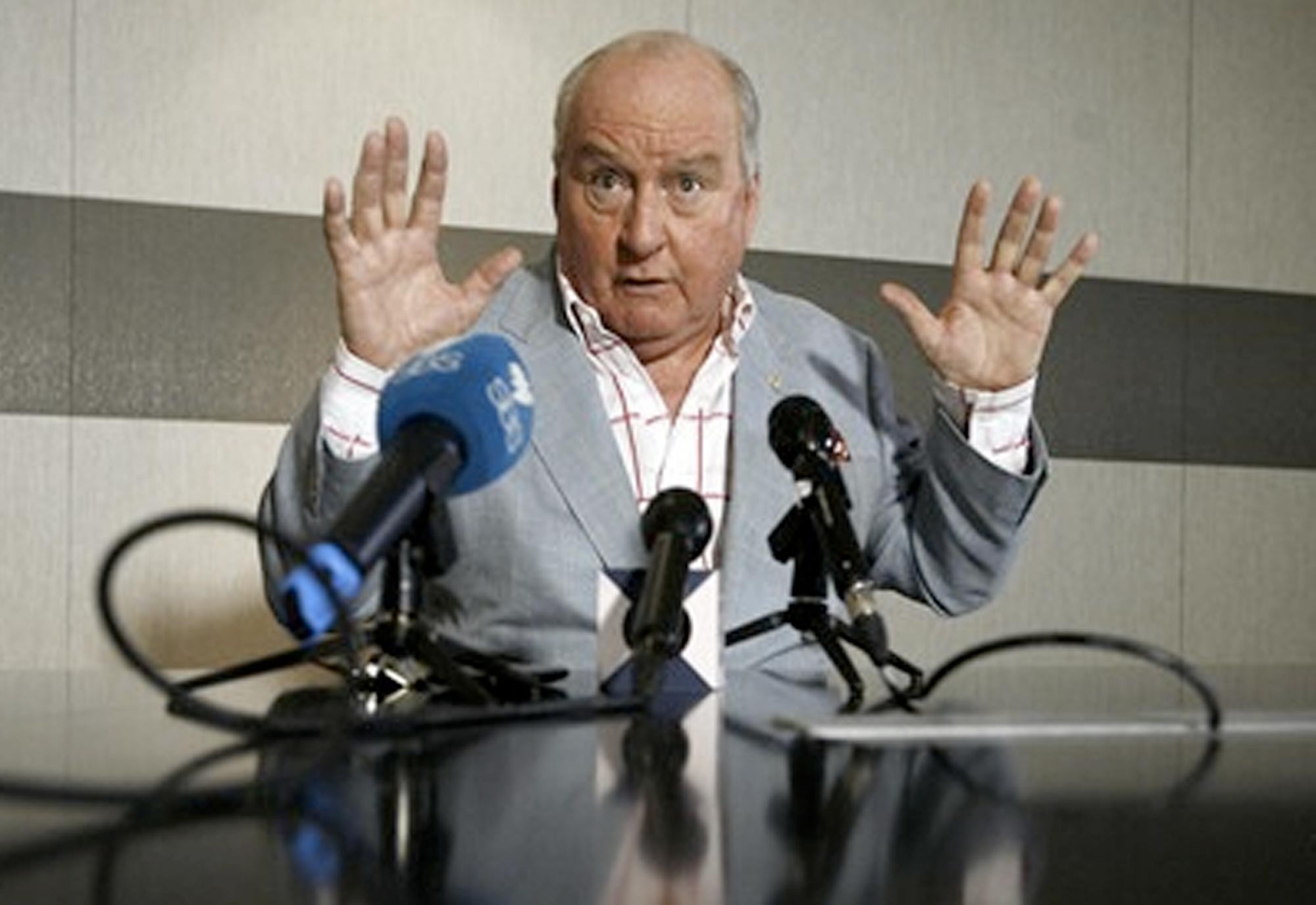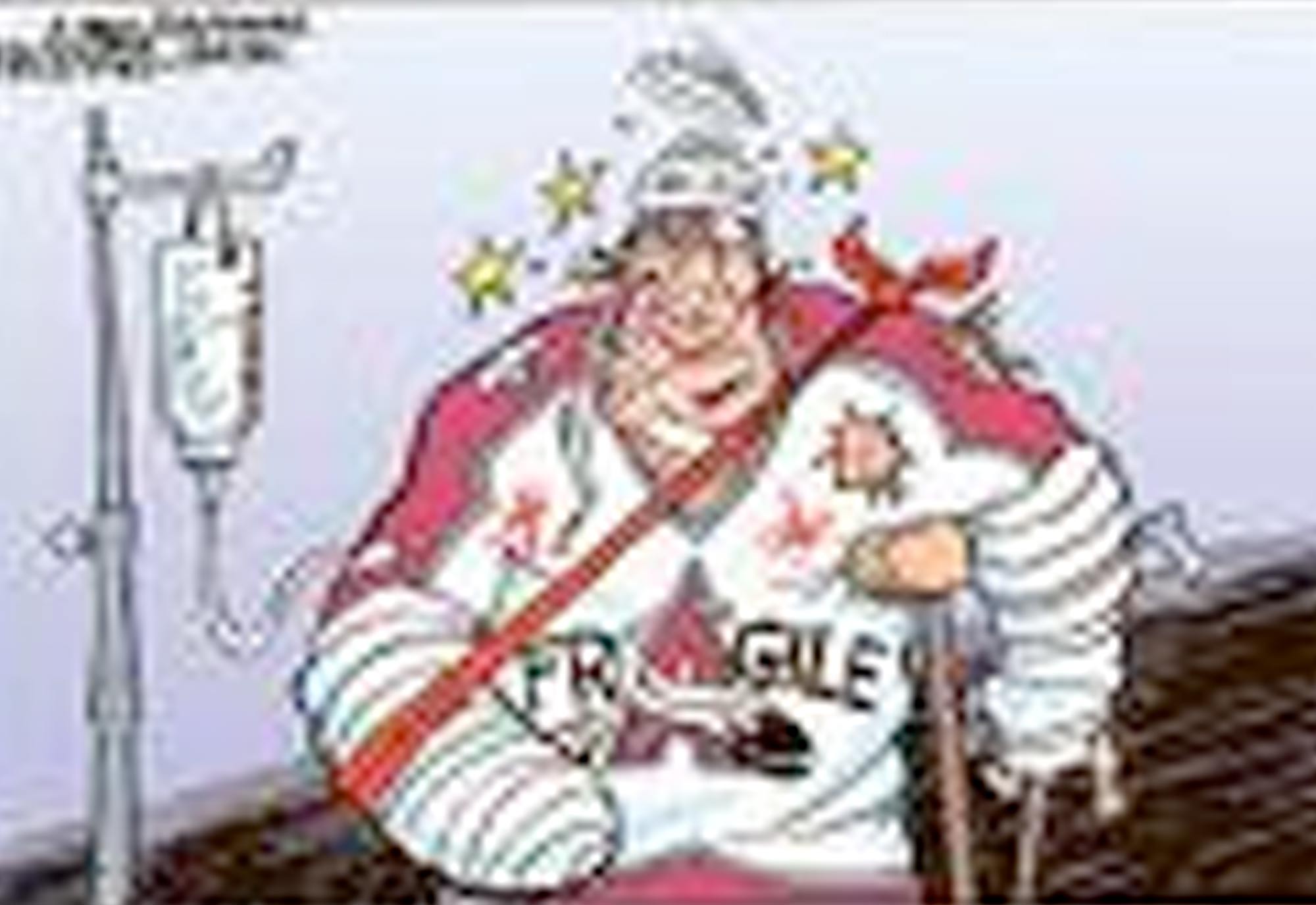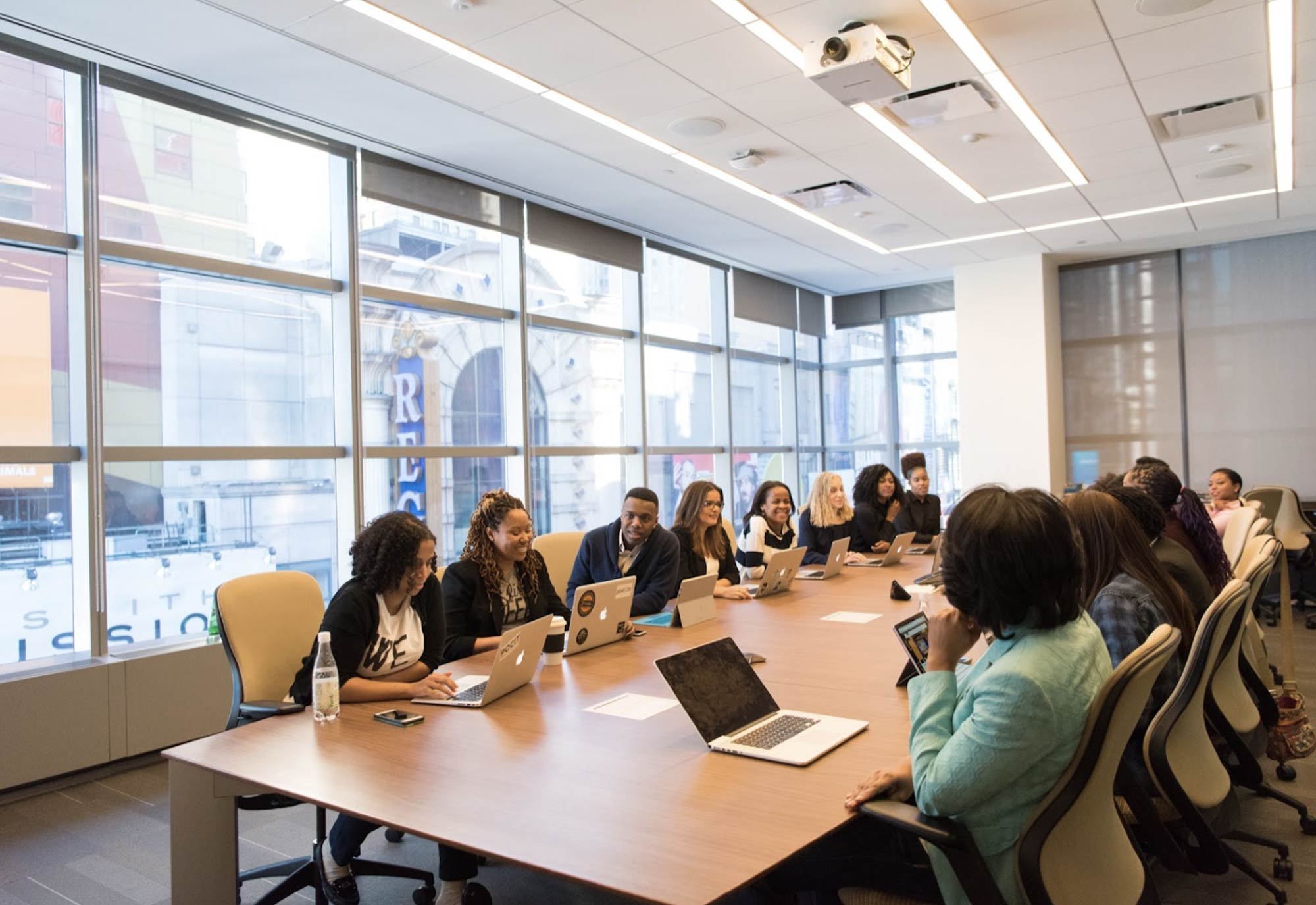08 Nov Tom Waterhouse – Change is a gamble.
Know more of our IMPLEMENTATION capabilities.
Now I am not a betting man and I am not defending Tom Waterhouse, but I was very interested to watch the public backlash against bookmaker Tom Waterhouse’s recent campaign to introduce his gambling services to TV sport. When his ads first appeared on TV I was very impressed with how he got his message across and how complete the campaign was. He pitched himself as one of us – he didn’t know how they hit a six, or how they took those big marks, or made those crunching tackles, but he knew what Aussies wanted – to bet on sport.
Gambling seemed fresh and non-threatening. It was something even the kiddies could enjoy. And he was everywhere. It didn’t matter what sport we watched, there he was with new and innovative ways of betting. He would even give you back your money if you got some things wrong! Gambling must be fun. How could it be harmful in any way?
However, in a matter of a few short months it had become one of the biggest political issues in the country. The Prime Minister got involved and legislation was soon being drafted to stop Tom Waterhouse in his tracks. What went wrong? Change Management – that’s what went wrong. Or at least that’s what Tom Waterhouse did not do.
He was changing the way people watched sport and interacted with gambling, and changing it in a big way. Tom Waterhouse was engaged in transformational change and he got it wrong. There are some lessons in this for us as business and information and management professionals. How do you accomplish transformational change and win the support of your stakeholders.

One of the main things Tom Waterhouse had to get right and any transformational leader must do is to build trust. What is trust? One good definition is that trust is the disposition of a person to make themselves vulnerable to another person without the expectation of being exploited. Associate Professor Ken Dovey of UTS says, “Trust combines an emotional expectation with a cognitive assessment about the predictability and reliability of another’s behaviour. Trust is mental model about how a particular relationship will work”. It is a basic human concept that must exist for effective collaboration and collaboration is how we get things done in an enterprise. By collaborating we transform creativity and learning into innovation. That is, we make change happen.
It seems also that as humans we are wired for trust in a biological sense. Professor Michael Kosfeld, in the Business Administration faculty at Frankfurt University, conducted experiments that showed when people interact the human brain releases oxytocin, which is a hormone that stimulates trust. In other words we want to trust each other in our work places. Professor Kosfeld says that “when trust is absent, we are, in a sense, dehumanised”.
 |
| Taken from a footy punters’ forum |
So, how can we build trust? Firstly, we need to identify the stakeholders, the people we want to come on the journey of change with us. We especially need to find those people who have the trust of others already.
Secondly, we need to honour the rules of the organisation and its culture. Obviously, that includes the law itself, but there are also conventions and accepted rules of behaviour that should be followed.
Thirdly, respect should be shown for those who have different opinions and may not even agree with the change. If respect is shown to them, then respect can be won also. Accept that not everyone will agree with the change, however showing respect for those people will help to ensure that they do not work against the change and they may even support it because they have at least been shown respect and allowed to voice their concerns.
Finally, where there is conflict, be prepared to reconcile with those people, so as to break down barriers and to not isolate people. Remember that sometimes people react badly to change often out of genuinely good motives, such as, concern for the direction of the enterprise or for the welfare of colleagues. Perhaps they have reacted out of fear. Viewing these reactions as opportunities to find constructive criticism and address concerns that may be more widely held can turn negative reactions into increased confidence in the leadership. This in turn can lead to stronger bonds of trust.

Of course, there are many other things a transformational leader needs to pay attention to, however the building of trust is possibly the most important. Once trust is built then old ways of doing things can be challenged and new innovative practices can be introduced to our organisations. Leaders can then drive change by providing a vision that is based on the shared beliefs and values of members of the organisation.
Can Tom Waterhouse accomplish the same? It might be hard as he is dealing with the Australian sport viewing public, in effect, a very large and complex enterprise. He has already challenged the perceived rules of behaviour and borne the brunt of the reaction of breaking those rules and not building trust in the first place.
I’m not a betting man, but it will be interesting to watch as this story evolves.
* Article has been edited 22/08/2013 – Names were edited from Robbie to Tom Waterhouse to correct the original title and body copy errors. ala “Fine Cotton”
…
If you like this article, share it!
Comment, please leave us your thoughts.
Related Posts
Project Manager…or are you?
Know more of our IMPLEMENTATION capabilities. As management practitioners of all things ICT and business change, us IPers read
The world of business technology is complex and ever changing. Our team reflects this diversity and ever changing blend of expertise with new team members and specialists joining our team. Our collaborative approach, thoughtful leadership and pursuit of excellence will create a dynamic force within your organisation, working with your team, that gets you where you need to go.These articles are authoured by some of the Information Professionals who will help you grow your way.
Relevant Case Studies
A Water Utility Corporation
A rural bulk water delivery business that maintains, manages, and operates major infrastructure to deliver bul
Local Government
Council needed a simple and effective method for assessing and managing their ICT risks and communicate the im

 One of the main things Tom Waterhouse had to get right and any transformational leader must do is to build trust. What is trust? One good definition is that trust is the disposition of a person to make themselves vulnerable to another person without the expectation of being exploited. Associate Professor Ken Dovey of UTS says, “Trust combines an emotional expectation with a cognitive assessment about the predictability and reliability of another’s behaviour. Trust is mental model about how a particular relationship will work”. It is a basic human concept that must exist for effective collaboration and collaboration is how we get things done in an enterprise. By collaborating we transform creativity and learning into innovation. That is, we make change happen.
One of the main things Tom Waterhouse had to get right and any transformational leader must do is to build trust. What is trust? One good definition is that trust is the disposition of a person to make themselves vulnerable to another person without the expectation of being exploited. Associate Professor Ken Dovey of UTS says, “Trust combines an emotional expectation with a cognitive assessment about the predictability and reliability of another’s behaviour. Trust is mental model about how a particular relationship will work”. It is a basic human concept that must exist for effective collaboration and collaboration is how we get things done in an enterprise. By collaborating we transform creativity and learning into innovation. That is, we make change happen.













